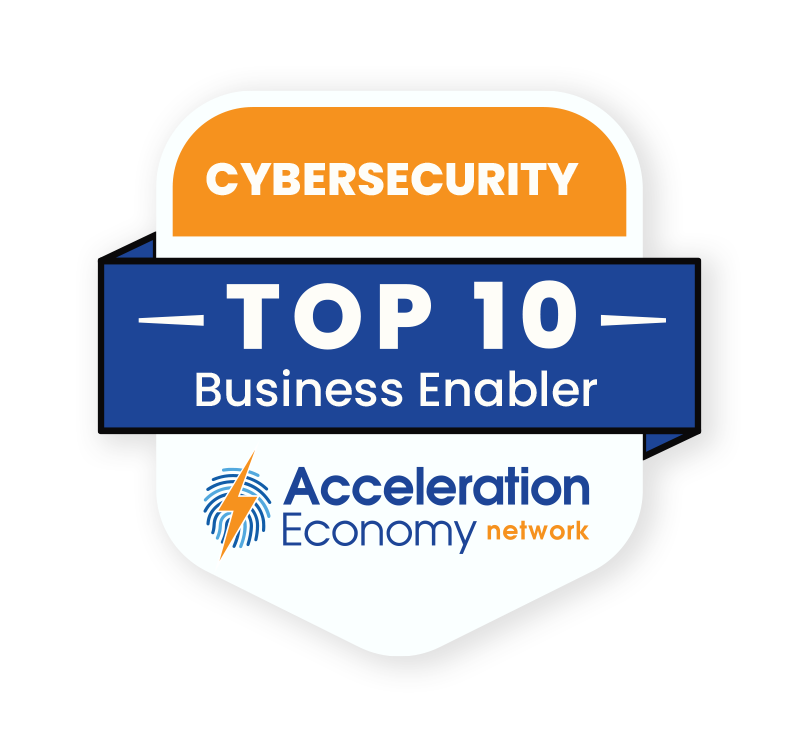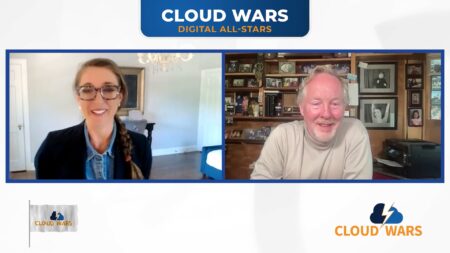Buffeted by the modern world’s endless threats and distractions such as ransomware, software supply chain incidents, federal charges against CISOs, and more, as a CISO you may find it challenging to get the time you need to prioritize your agenda.
Finding that time is a must for survival, however, and once you have it, you’ll want to spend it wisely. In this analysis, I share some ideas for how to prioritize when you’re ready to make a larger plan for you and your company’s future.
Cyber Risk Quantification
We have been hearing a lot about the CISO needing to have a seat at the table, serve as a business enabler, and speak the language of the business. This means it is time for the CISO and security industry to grow up and begin speaking about cybersecurity risks in quantifiable financial terms that the business knows and cares about. These include financial ramifications, loss of revenue, business disruption, market share, and more.
Today’s CISOs must familiarize themselves, if they haven’t already, with what metrics matter to the board and the business, as well as how to communicate cybersecurity risks through a business lens.
Supply Chain Risk Management
Supply chain security matters – a lot. From compromised suppliers, business partners, SaaS (software-as-a-service) integrations, and software supply chain incidents, we are in a complex modern ecosystem as it relates to organizational supply chains.
Failing to have robust Cybersecurity Supply Chain Risk Management (C-SCRM) practices and processes in place or the tools to help manage it will leave the modern CISO with blind spots ripe for a surprise.

Which companies are the most important vendors in cybersecurity? Check out
the Acceleration Economy Cybersecurity
Top 10 Shortlist.
Talent, Culture, and Burnout
One recent expedited trend has been the economic impact of shifting markets, geopolitical tensions, and impending recession fears. As a result, we’ve seen industries hit by significant staffing changes, tightening budgets, and market changes. This leaves the modern CISO with a staff that is doing more with less and trying to maintain positive morale against the backdrop of an accelerating threat landscape with malicious actors looking to take advantage of these trends.
CISOs need to take a look around their teams and organizations and determine how to achieve their missions with these economic and financial changes. This may mean re-organizing their security teams, consolidating tooling, and implementing process improvements and efficiencies to avoid having their team, and frankly, themselves, suffer from burnout and cognitive overload.
Zero Trust
You can’t turn around today without seeing the term or hearing about zero trust in the industry. It’s for good reason, as the ways of the past in terms of access control, permissions management, device, and perimeter-based access control have become largely inadequate and antiquated.
CISOs need to get serious about implementing zero trust principles across their enterprise and organization with a focus on people, process, and technology, and in that specific order. Malicious actors have long ago realized that the defense methods of the past were insufficient, and they continue to exploit them while organizations and enterprises play catch-up
Moving Forward
The above list isn’t all-inclusive and there are many more things that CISOs need to prioritize. That said, it will help to emphasize these key areas that are emerging trends or shifts that have been underway for some time and are only accelerating. By orienting around these priorities, CISOs will be poised to advance their organizations and their effectiveness.










